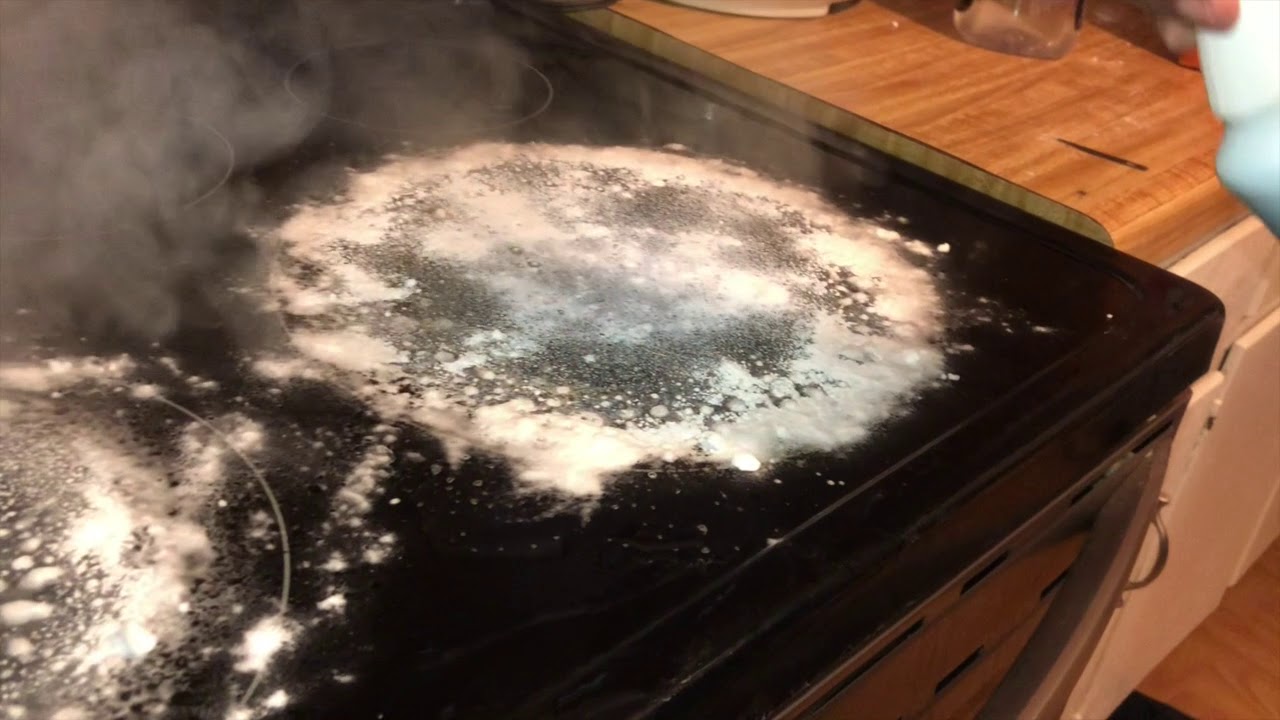

Articles
How To Get Burnt Milk Off Glass Cooktop
Modified: May 6, 2024
Discover effective methods for removing burnt milk stains from your glass cooktop with these informative articles. Say goodbye to stubborn stains and restore your cooktop's shine!
(Many of the links in this article redirect to a specific reviewed product. Your purchase of these products through affiliate links helps to generate commission for Storables.com, at no extra cost. Learn more)
Introduction
Having a glass cooktop in your kitchen is a sleek and modern addition to your cooking space. It provides a smooth and even surface, making it easy to cook your favorite meals. However, one common issue that many glass cooktop owners face is dealing with burnt milk stains.
Accidents can happen, and spilling milk on your cooktop is not uncommon. The problem arises when the milk gets burnt onto the glass surface, creating a stubborn and unsightly stain. If not properly addressed, these stains can be challenging to remove and may compromise the appearance of your cooktop.
In this article, we will delve into the problem and explore effective ways to get burnt milk off a glass cooktop. From understanding the problem to step-by-step instructions, we have you covered. So, let’s find out how to restore the shine and beauty of your glass cooktop!
Key Takeaways:
- Understanding the nature of burnt milk stains on glass cooktops is crucial. The high sugar and protein content in milk, combined with heat, create stubborn residues that require gentle yet effective cleaning methods to avoid damaging the delicate surface.
- Prevention is the best approach to maintaining a pristine glass cooktop. By staying attentive while cooking, using proper cookware, and practicing regular maintenance, you can minimize the risk of burnt milk stains and preserve the beauty of your cooktop for years to come.
Read more: How To Get Burnt On Sugar Off Glass Cooktop
Understanding the Problem
Before diving into the solutions, it is important to understand why burnt milk stains are so difficult to remove from a glass cooktop. When milk spills onto the surface and is left to heat or cool down, it can adhere to the glass and form a sticky residue. The high sugar and protein content in milk contribute to the problem, making it more stubborn to clean compared to other substances.
The heat from the cooktop further causes the milk to carameliz, creating a tough and hardened stain that is not easily wiped away. Additionally, if the spill is not cleaned immediately, the milk residue can become baked onto the glass, making it even harder to remove.
What makes the situation more challenging is that glass cooktops are delicate, and abrasive methods or harsh chemicals can cause scratches or damage the surface. Therefore, it is important to approach the cleaning process with care and use gentle yet effective techniques.
Understanding the problem will help you choose the right supplies and methods for removing burnt milk stains from your glass cooktop. Let’s move on to the next section to gather the necessary supplies for the cleaning process.
Supplies Needed
Before you begin tackling the burnt milk stains on your glass cooktop, gather the following supplies:
- Gentle dish soap: Opt for a mild dish soap that is suitable for cleaning delicate surfaces.
- Vinegar: White vinegar is a versatile and natural cleaning agent that can help break down and lift stubborn stains.
- Baking soda: This household staple is known for its abrasive properties, making it effective in removing tough stains without scratching the glass surface.
- Microfiber cloth: Choose a soft and lint-free microfiber cloth for wiping and buffing the cooktop.
- Razor scraper or plastic scraper: Use a razor scraper or a plastic scraper specifically designed for glass cooktops to gently remove any residue without scratching the surface.
- Soft sponge or non-abrasive scrub pad: These tools will be used to scrub the burnt milk stains gently.
- Warm water: You will need warm water for rinsing and cleaning the cooktop.
- Optional: Glass cooktop cleaner: If you prefer to use a specialized cleaner designed for glass cooktops, consider purchasing a reputable brand from your local home improvement store.
Gathering these supplies beforehand will ensure that you have everything you need to effectively clean your glass cooktop and remove the burnt milk stains. With the necessary materials in hand, you are now ready to proceed with the step-by-step instructions. Let’s get started!
Step-by-Step Instructions
Follow these step-by-step instructions to remove burnt milk stains from your glass cooktop:
- Allow the cooktop to cool: Make sure the glass surface is completely cool before attempting to clean it. Cleaning a hot cooktop can be dangerous and may not yield the desired results.
- Remove loose debris: Use a soft cloth or paper towel to gently remove any loose debris from the cooktop. This will prevent scratching the surface during the cleaning process.
- Mix a cleaning solution: In a small bowl, combine a few drops of gentle dish soap with warm water. Stir the mixture to create a soapy solution.
- Dampen a sponge or non-abrasive scrub pad: Dip a sponge or scrub pad into the soapy solution and wring out any excess liquid. The sponge should be damp, not dripping wet.
- Gently scrub the stained area: Lightly scrub the burnt milk stains with the damp sponge or scrub pad. Apply gentle pressure and use circular motions to loosen the residue. Avoid using abrasive tools or scrubbing too vigorously, as this may scratch the glass surface.
- Rinse and wipe: Once you have scrubbed the stained area, rinse the cooktop with warm water to remove the soapy residue. Then, use a clean microfiber cloth to wipe away any remaining moisture and leave the surface dry and streak-free.
- Apply vinegar and baking soda: To tackle stubborn stains, create a paste by mixing equal parts of vinegar and baking soda. Apply the paste to the affected area and let it sit for a few minutes to loosen the residue.
- Gently scrub again: Using a soft sponge or non-abrasive scrub pad, gently scrub the stained area again. The combination of vinegar and baking soda will help break down the burnt milk stain and make it easier to remove.
- Rinse and dry: After scrubbing, rinse the cooktop with warm water to remove any remaining residue. Dry the surface thoroughly with a clean microfiber cloth to prevent water spots.
- Use a razor scraper if necessary: If there are still stubborn stains remaining, you can cautiously use a razor scraper or a plastic scraper designed for glass cooktops. Hold the scraper at a 45-degree angle and gently scrape off the residue. However, be extremely careful not to apply too much pressure and avoid scratching the glass.
- Buff and shine: Once the stains are removed, buff the glass cooktop with a clean, dry microfiber cloth to restore its shine and remove any remaining smudges.
By following these step-by-step instructions, you should be able to effectively remove burnt milk stains from your glass cooktop. However, if you prefer alternative methods, continue reading the next section for additional cleaning options.
Sprinkle baking soda over the burnt milk, then cover with a damp cloth. Let it sit for 15 minutes, then scrub with a non-abrasive sponge. Wipe clean with a damp cloth.
Alternative Methods
While the step-by-step instructions mentioned earlier are effective in removing burnt milk stains from a glass cooktop, you may also consider alternative methods based on the materials you have at hand. Here are a few additional options:
- Vinegar and water solution: If you prefer to use a natural cleaner, you can mix equal parts of white vinegar and water in a spray bottle. Spray the solution onto the stained areas and let it sit for a few minutes before wiping it away with a damp cloth. The acidity of vinegar helps break down the residue.
- Baking soda paste: Create a paste by mixing baking soda with a small amount of water. Apply the paste to the affected area and let it sit for 10 to 15 minutes. Then, gently scrub the stain with a soft sponge or non-abrasive scrub pad. Rinse and wipe the cooktop clean.
- Specialized glass cooktop cleaner: If you prefer using a commercial cleaner specifically formulated for glass cooktops, follow the manufacturer’s instructions. Apply the cleaner to the burnt milk stains, let it sit for the recommended time, and then wipe it away with a clean cloth.
- Lemon juice: Squeeze fresh lemon juice onto the stained area and let it sit for a few minutes. The natural acidity of lemon can help break down the residue. Gently scrub the stain with a soft sponge or cloth, then rinse and dry the cooktop.
- Steam cleaning: If you have a steam cleaner on hand, you can use it to loosen and remove the burnt milk stains. Follow the instructions provided with your steam cleaner for safe and effective use on a glass cooktop.
Remember, when using alternative methods, it is always essential to test the solution on a small, inconspicuous area of the cooktop first to ensure it doesn’t cause any damage or discoloration.
While these alternative methods can be effective in removing burnt milk stains, it’s important to follow the manufacturer’s recommendations and take precautions to avoid any damage to your glass cooktop.
Prevention Tips
Preventing burnt milk stains on your glass cooktop is key to maintaining its pristine appearance. Here are some helpful prevention tips:
- Be attentive while cooking: Pay close attention to pots and pans while cooking, especially when working with milk or dairy-based foods. By monitoring the temperature and avoiding spills, you can prevent any milk from coming into contact with the cooktop surface.
- Use a splatter guard: Investing in a splatter guard or lid can help prevent splatters and spills while cooking. This will reduce the chances of milk coming into direct contact with the glass cooktop.
- Clean spills immediately: If a milk spill does occur, be sure to clean it up immediately. Use a soft cloth or paper towel to wipe away the spill before it has a chance to dry and become baked onto the cooktop surface.
- Avoid abrasive materials: When cleaning your glass cooktop, avoid using abrasive materials such as steel wool or harsh scouring pads. Stick to soft sponges or non-abrasive scrub pads to protect the surface from scratches.
- Regular maintenance: Perform regular maintenance on your glass cooktop to keep it in top condition. Follow the manufacturer’s guidelines for cleaning and care, as different cooktop models may have specific recommendations.
- Use proper cookware: Ensure that your cookware is flat and has a smooth bottom to minimize the risk of spills and uneven heat distribution. Avoid using cookware with rough or uneven surfaces, as they can cause scratches on the glass cooktop.
- Keep the cooktop cool: Before cleaning your cooktop, ensure it has fully cooled down from cooking. Cleaning a hot cooktop can be dangerous and may cause cleaning agents to evaporate quickly, reducing their effectiveness.
- Regularly clean and wipe down the cooktop: Make it a habit to clean and wipe down your cooktop after each use. This will help prevent the buildup of food particles, grease, and stains that can become more stubborn over time.
By following these prevention tips and practicing regular maintenance, you can reduce the chances of burnt milk stains and keep your glass cooktop looking as good as new for years to come.
Conclusion
Dealing with burnt milk stains on a glass cooktop can be frustrating, but with the right approach, these stubborn stains can be effectively removed. By understanding the problem, gathering the necessary supplies, and following the step-by-step instructions, you can restore the shine and beauty of your glass cooktop.
Remember, prevention is key to avoiding future stains. Stay attentive while cooking, clean up spills immediately, and practice regular maintenance to keep your cooktop in optimal condition.
Whether you choose to use traditional methods with dish soap and vinegar or explore alternative methods with baking soda or specialized glass cooktop cleaners, always prioritize the safety and integrity of your glass cooktop. Avoid using abrasive tools or harsh chemicals that can cause damage.
With a little bit of effort and the right techniques, your glass cooktop can be free from burnt milk stains, allowing you to enjoy a pristine and beautiful cooking surface for years to come.
We hope this article has provided you with valuable insights and solutions for removing burnt milk stains from your glass cooktop. Happy cooking!
Now that you've got your glass cooktop sparkling, why not tackle another spot in your home that often needs attention? For practical advice on sprucing up your fridge, check out our article on thorough refrigerator cleaning. It's packed with useful pointers to help you keep your refrigerator looking and smelling fresh. And if you're wondering about other areas that could use some upkeep, our guide on essential home upkeep is just what you need. Dive into comprehensive strategies that ensure your home stays in tip-top shape year-round.
Frequently Asked Questions about How To Get Burnt Milk Off Glass Cooktop
Was this page helpful?
At Storables.com, we guarantee accurate and reliable information. Our content, validated by Expert Board Contributors, is crafted following stringent Editorial Policies. We're committed to providing you with well-researched, expert-backed insights for all your informational needs.
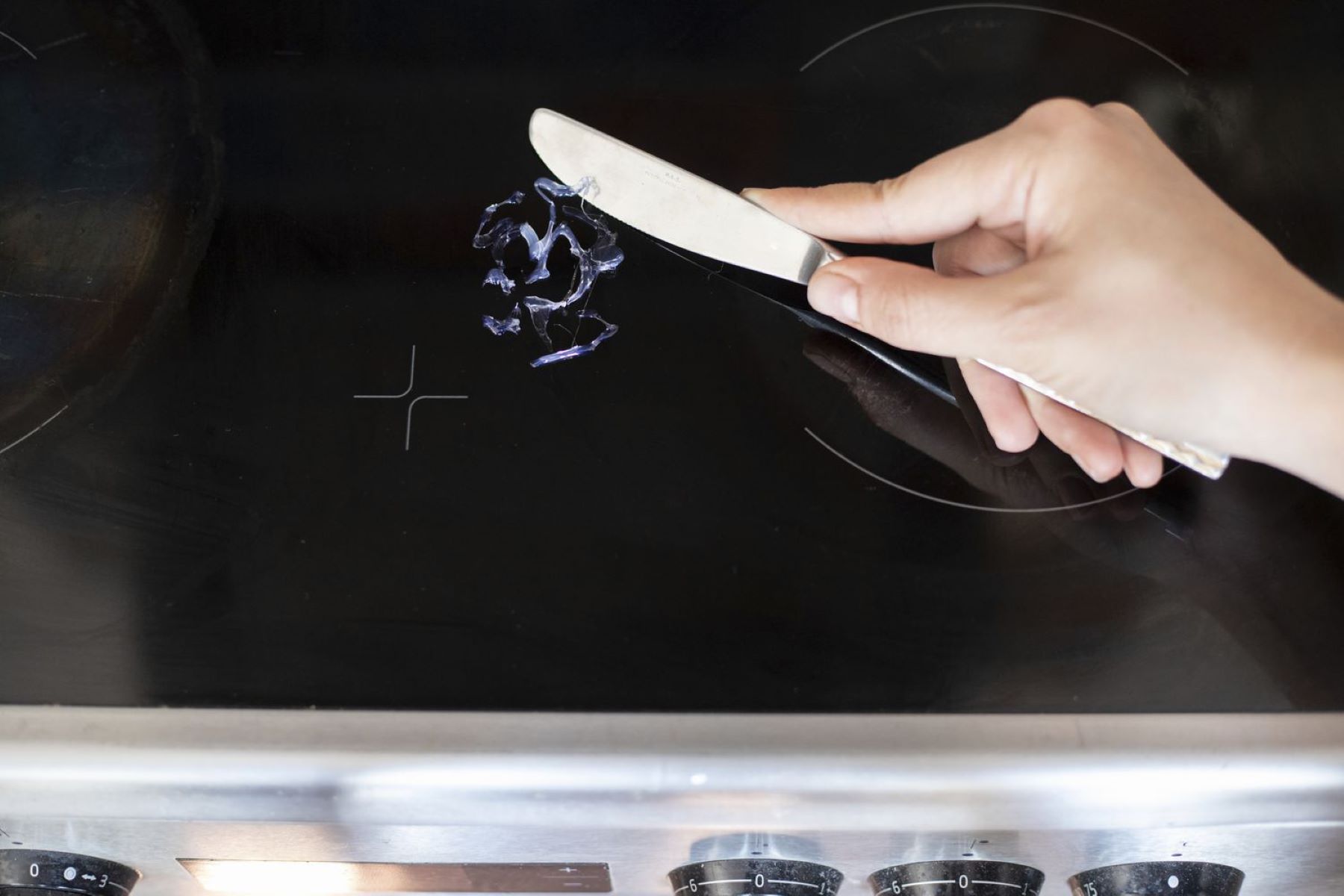
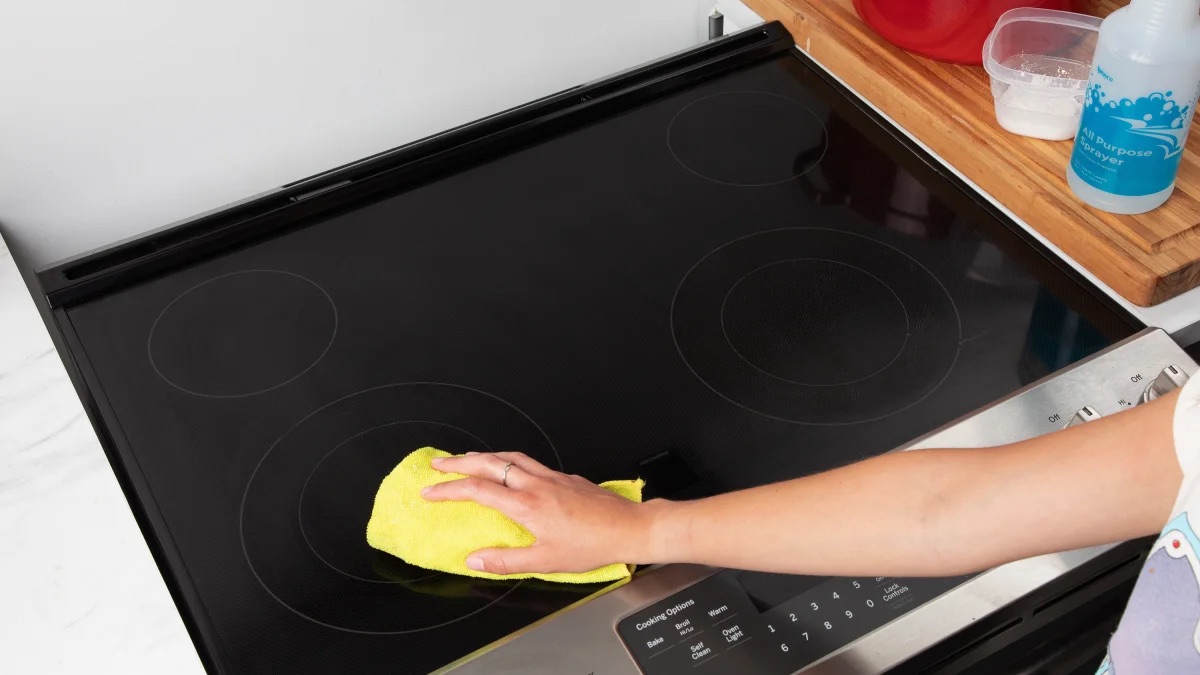
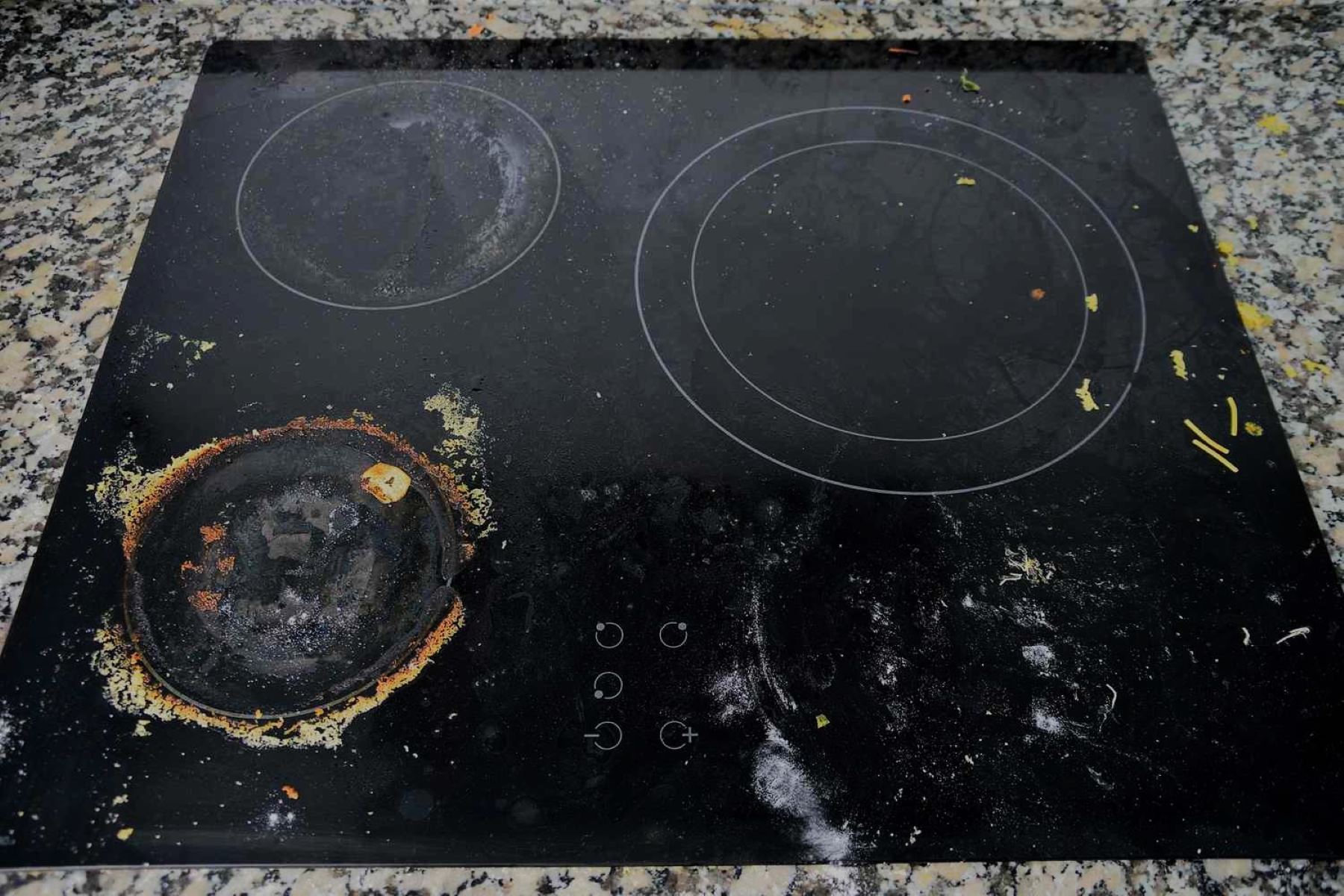
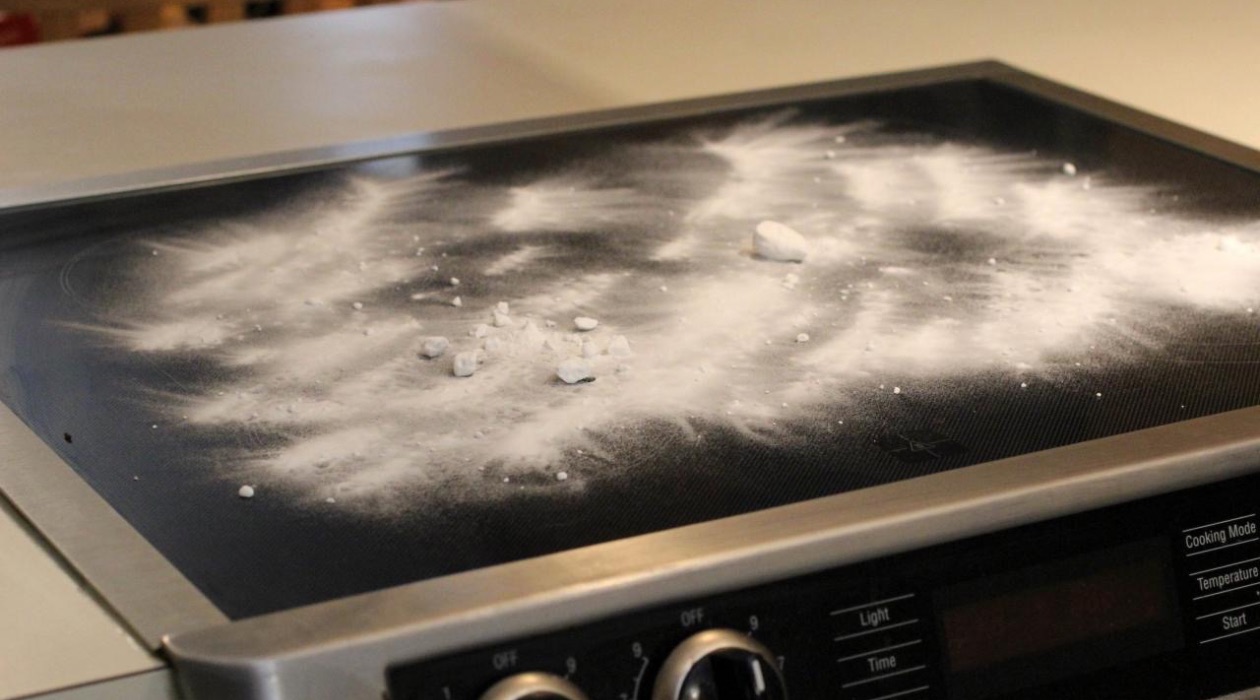
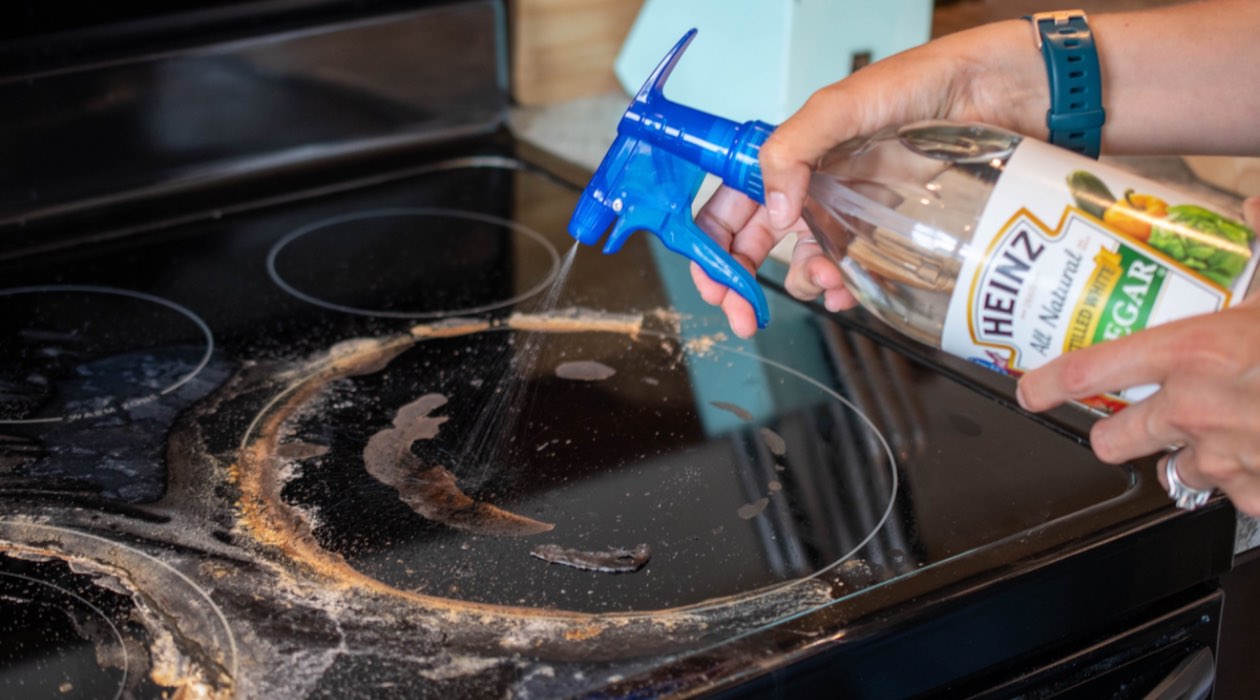
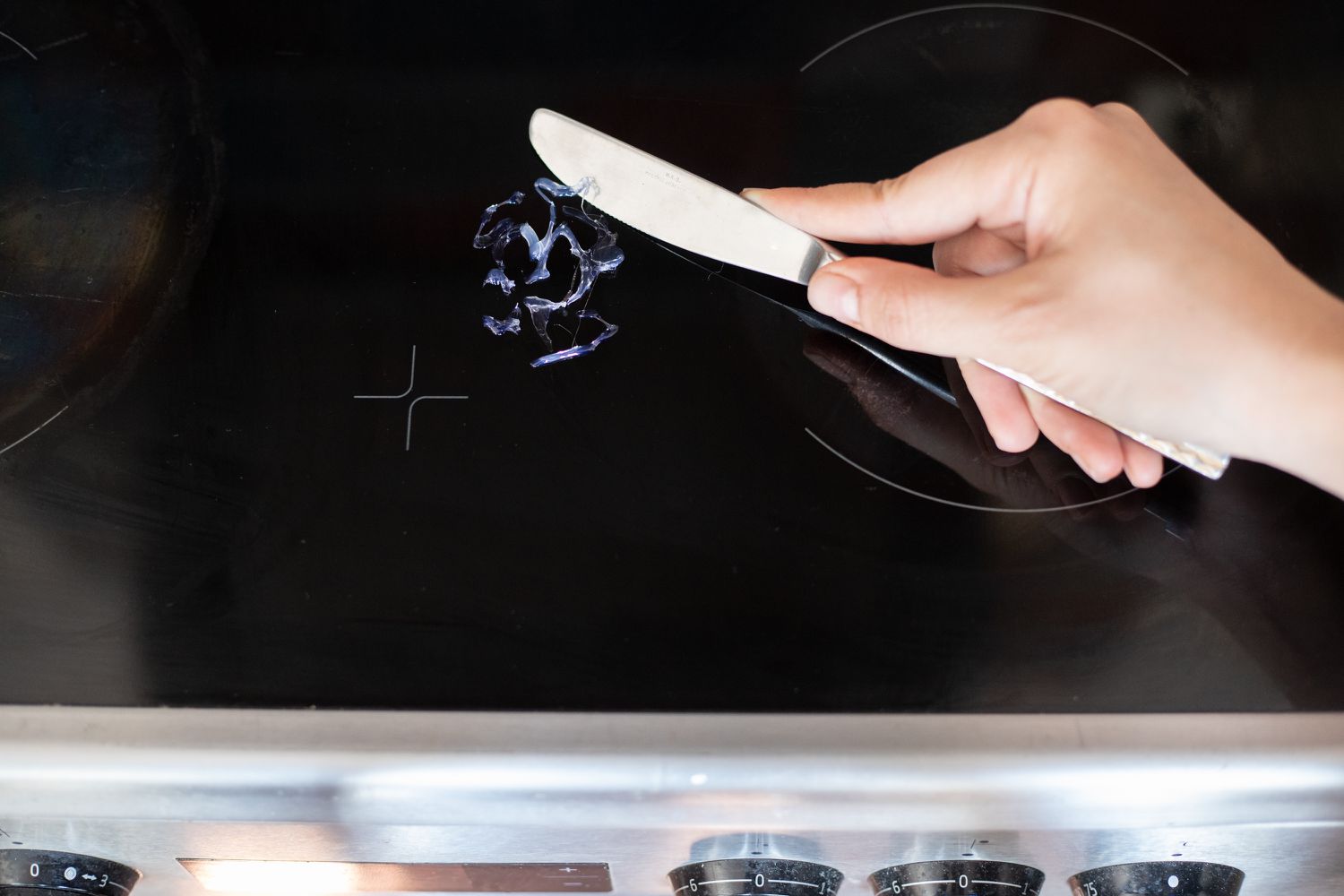
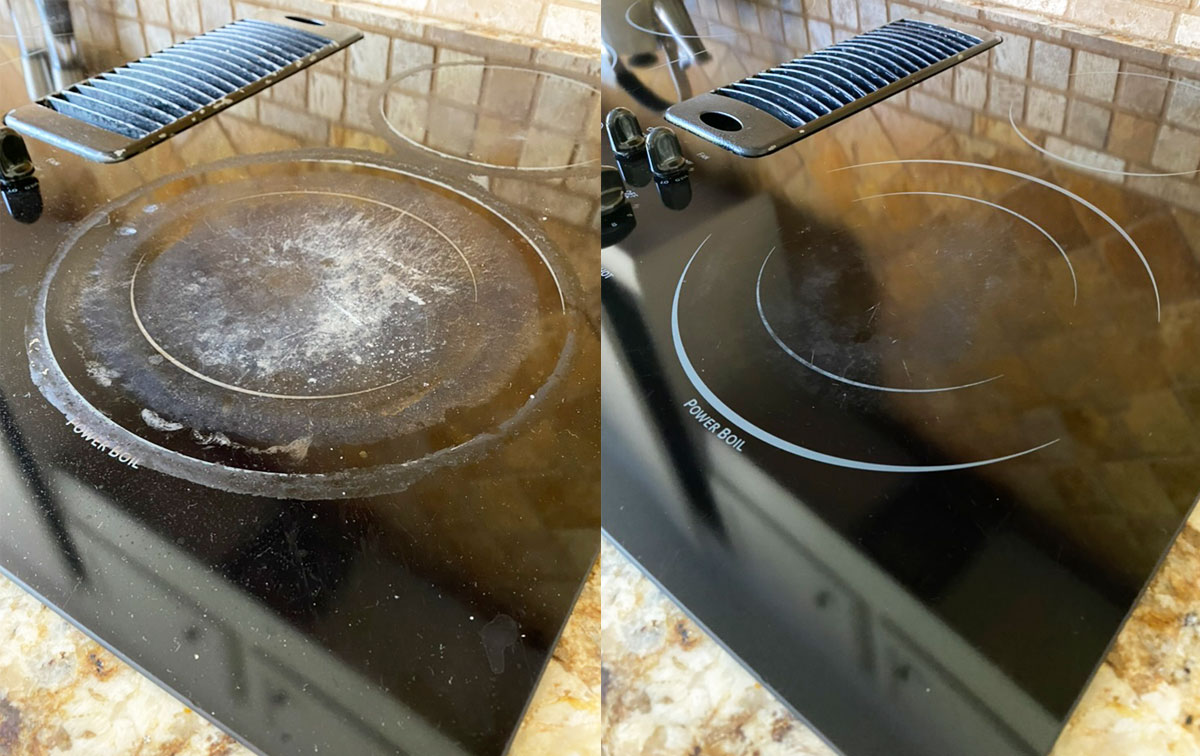
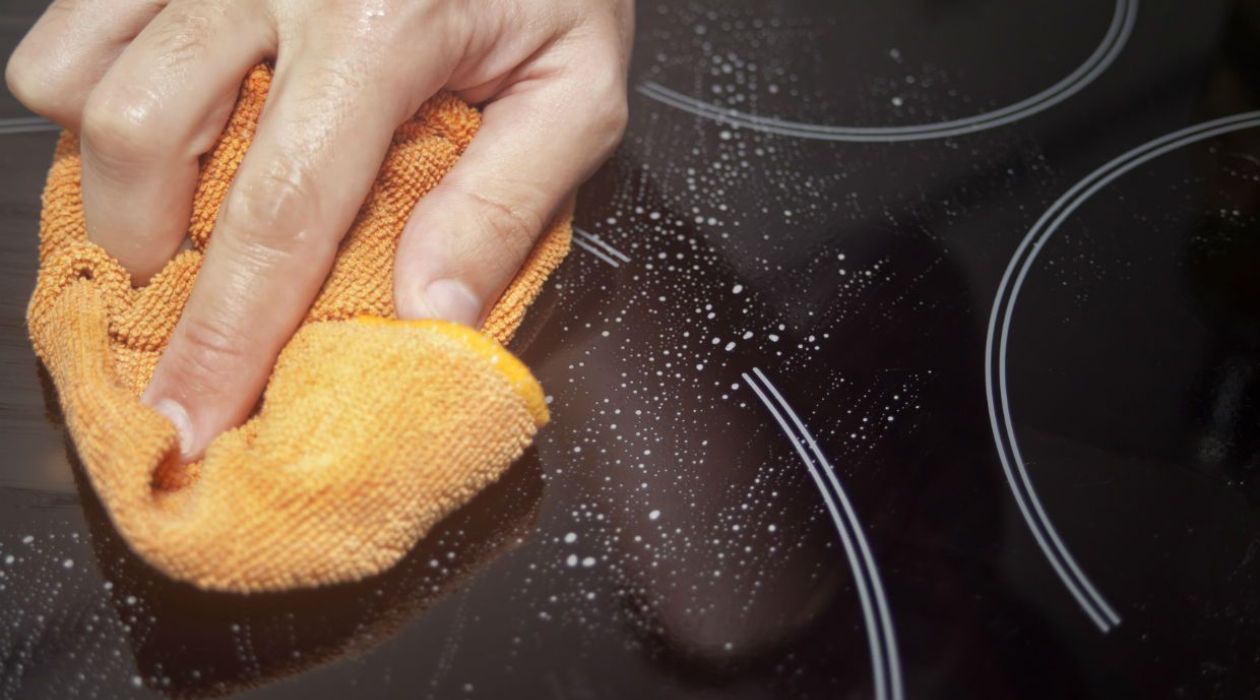
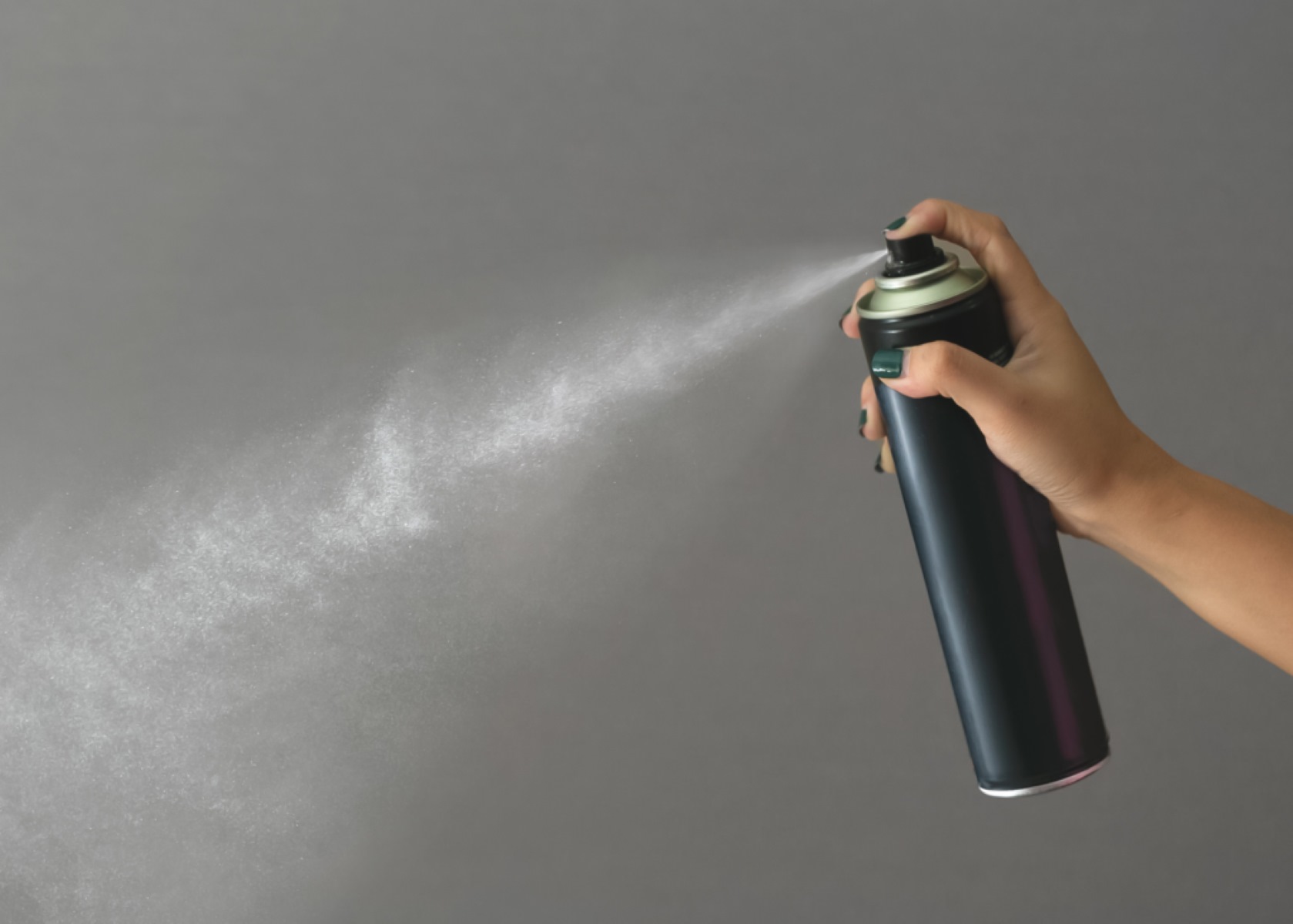
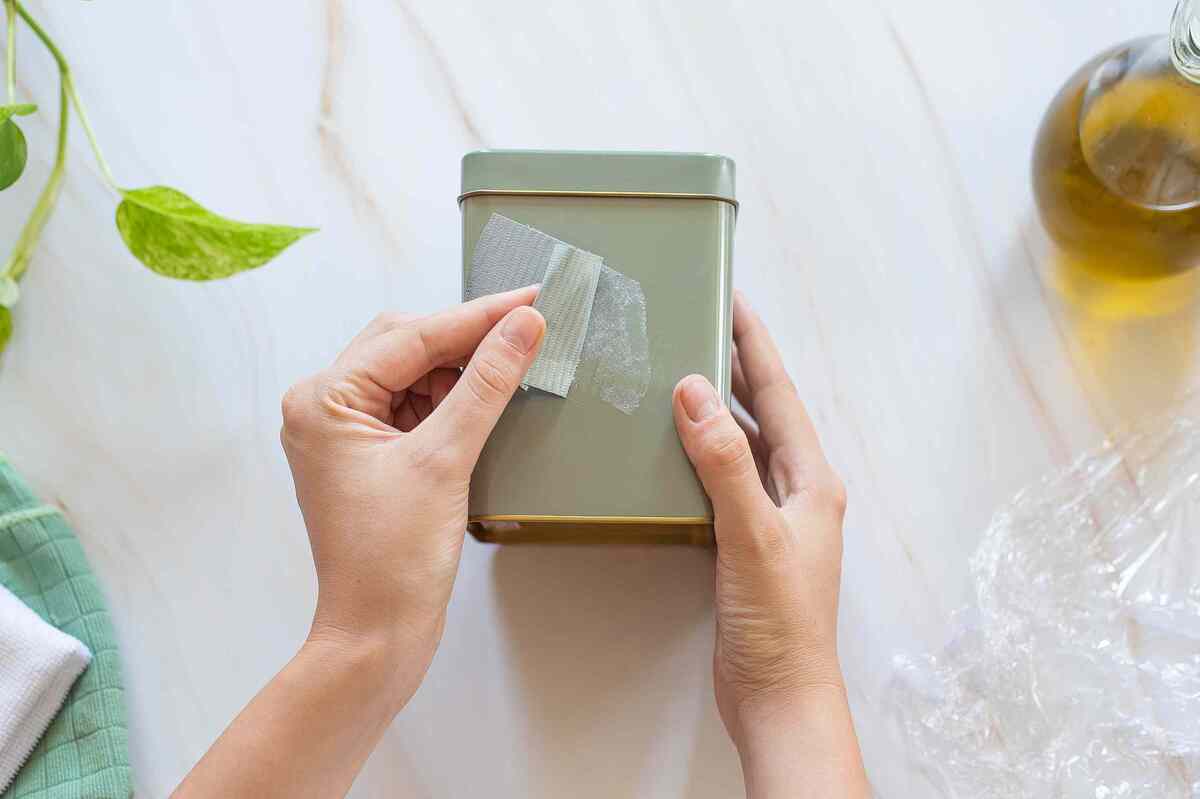
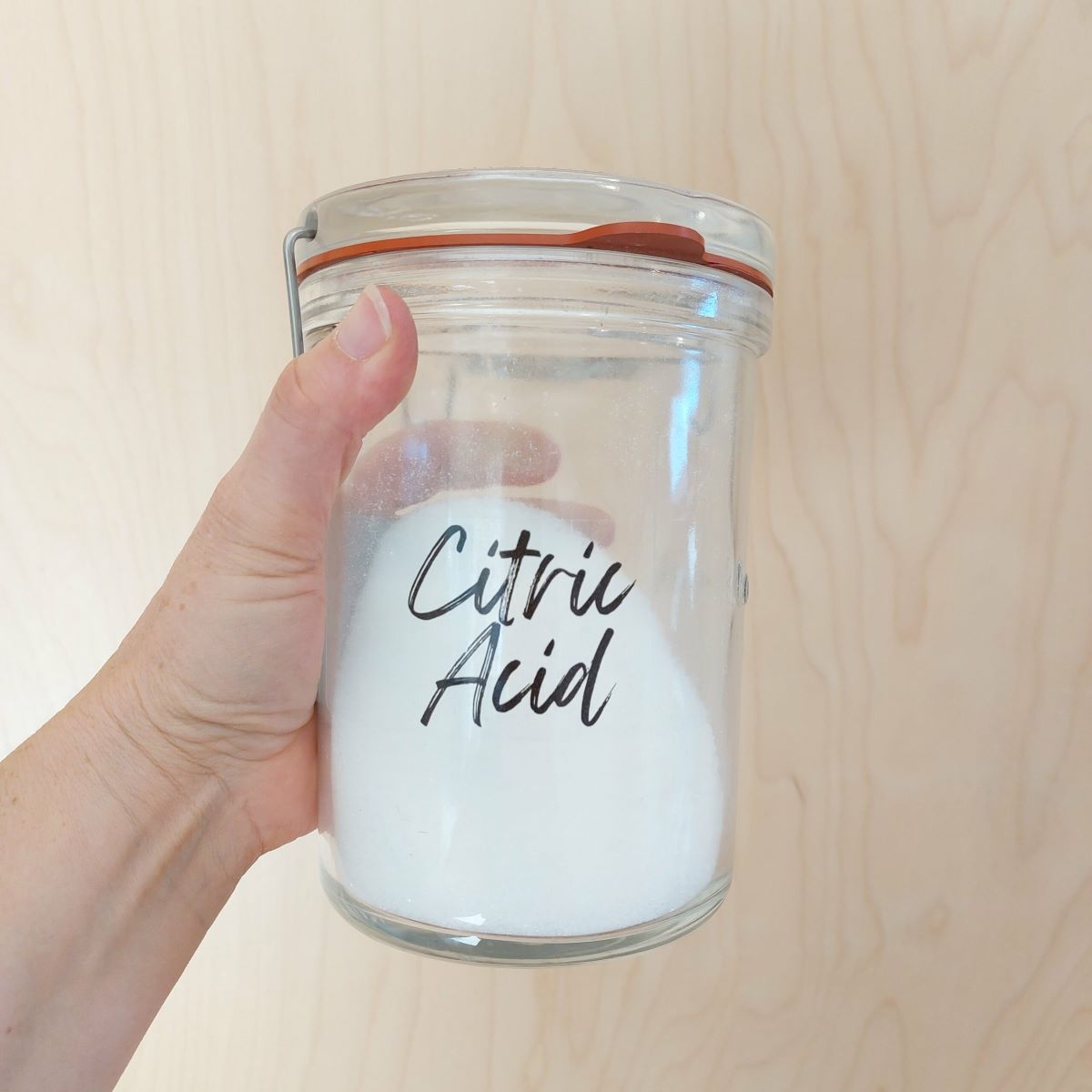
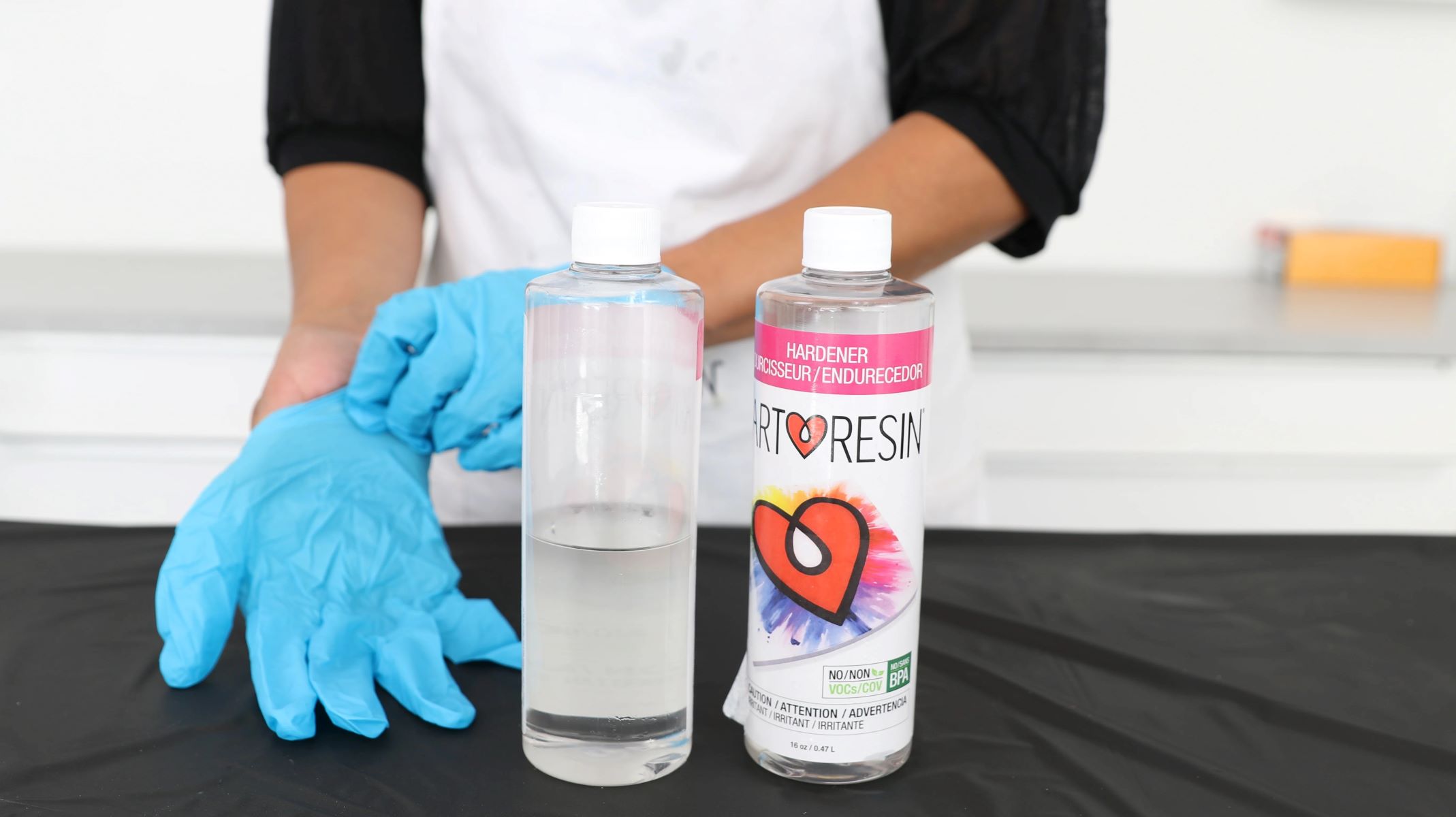
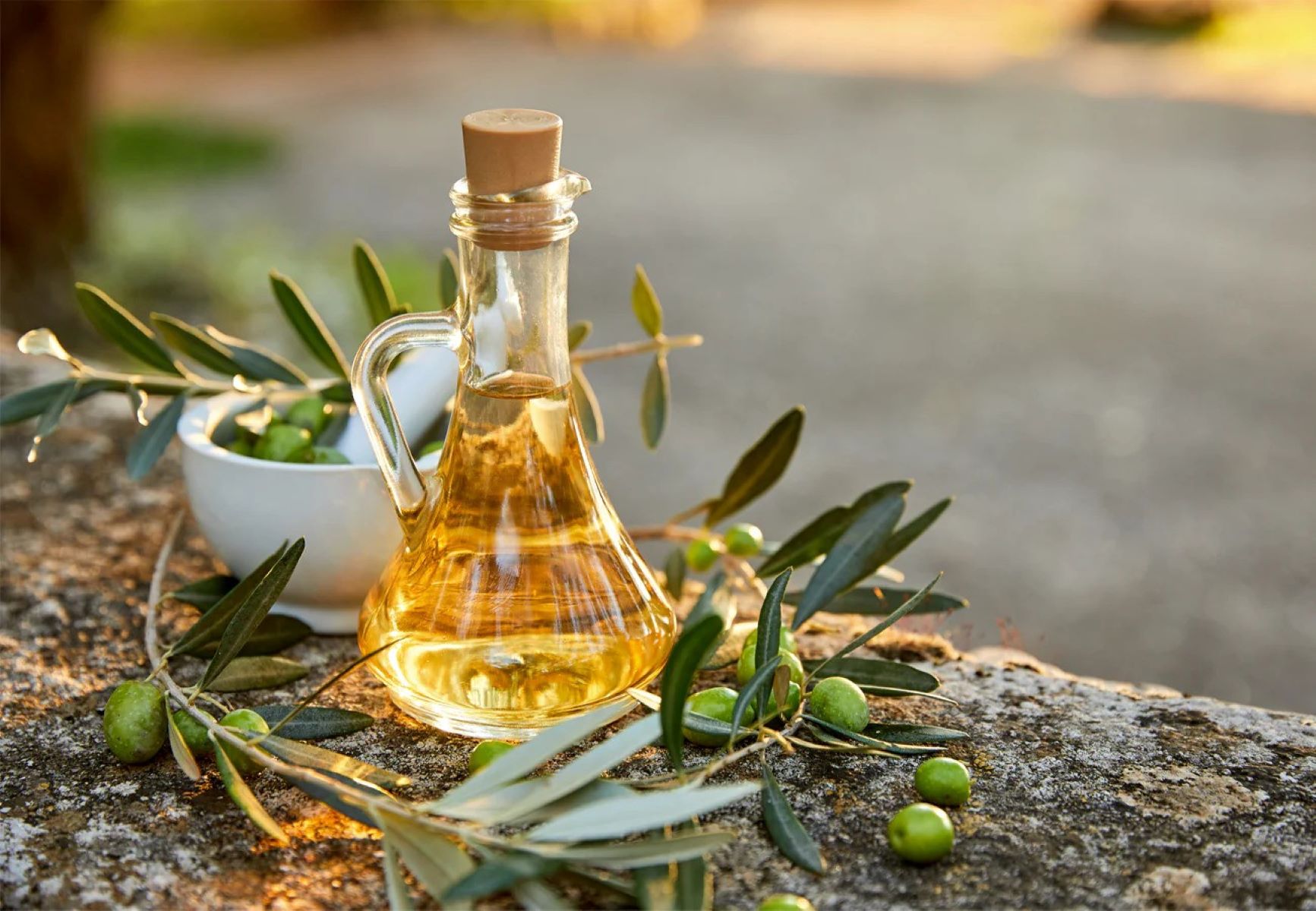
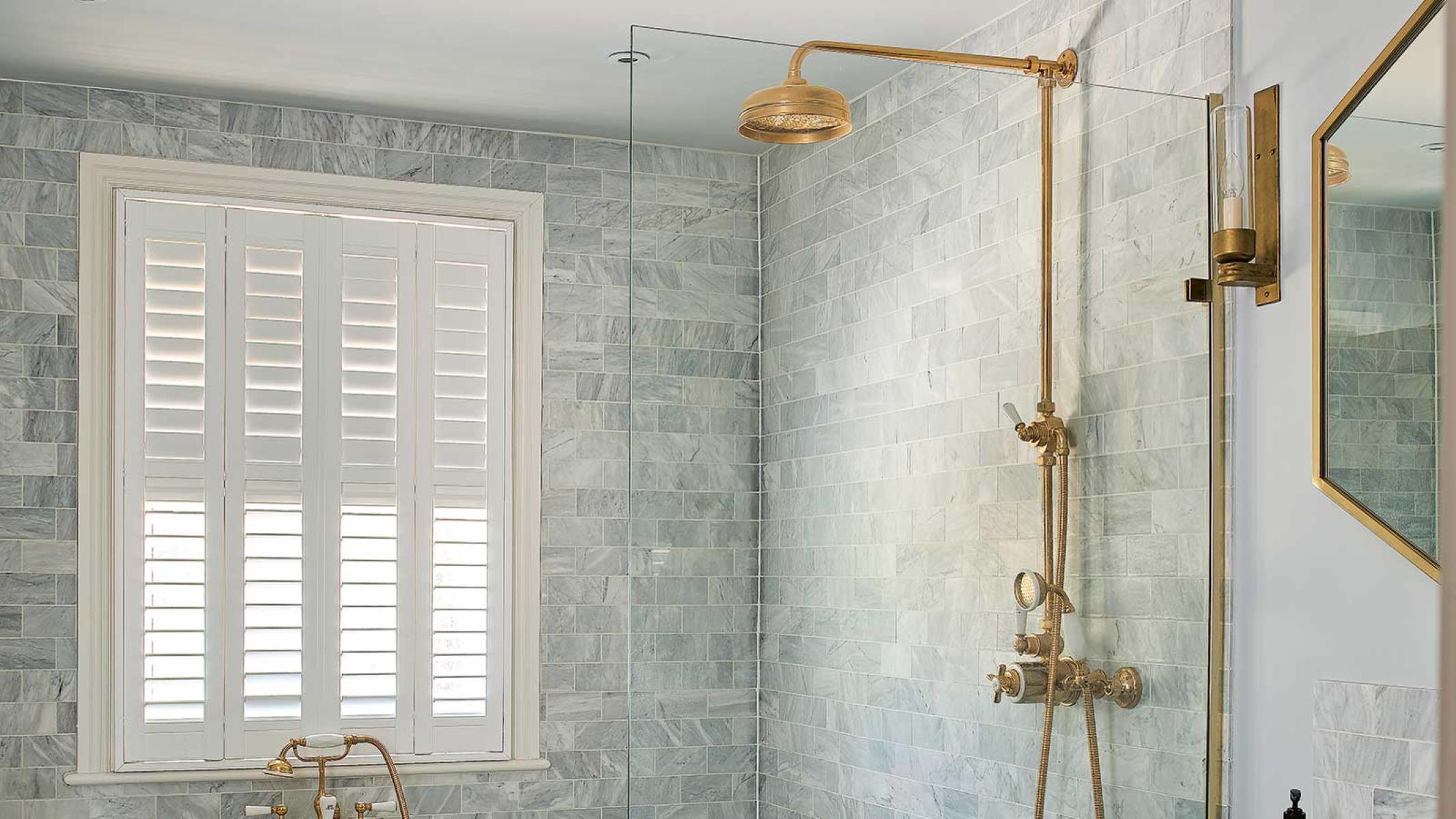

0 thoughts on “How To Get Burnt Milk Off Glass Cooktop”